Flowers are an asset to every garden. They’re pretty, yes. But planting flowers serves another purpose: They attract bees and other pollinators to your garden. Growing a pollinator garden helps to attract the good guys, the butterflies and bees that help make sure that the blossoms on your fruits and vegetables set fruit. Planting perennial flowers for bees means that they’ll be a food source for pollinators for years.
Check out this article about encouraging mason bees as pollinators for your garden.
Originally published September, 2014; this post has been updated.
New to gardening? Limited on space? The 5-Gallon Garden gives you the skills you need to grow food in the space you have. Get started with your garden today!
Flowers for Bees and Butterflies
By definition, a pollinator is an insect or small mammal that helps to pollinate plants. This can mean the honeybee that we’re all so familiar with, but butterflies, moths, bats, and hummingbirds are pollinators that you might see in your garden.
Even ants can move pollen from flower to flower, encouraging pollination, so in some cases they are beneficial insects!
By planting a garden that includes lots of flowers, you’ll be attracting many of these pollinators.
Grow Some Greens!
Ready to grow fresh greens, no matter WHERE you live? Sign up for my
FREE quick-start guide and start growing some of your own food!
Pollination
Living organisms — including your vegetable plants and fruit crops — have a single goal in mind. They want to reproduce and create offspring.
In the plant world, this means making seeds. Your zucchini plant isn’t developing that huge crop of squash so you’ll have dinner every night. Its end goal is to create seeds to complete the life cycle. (Gardeners can help this life cycle by saving seeds from year to year.)
Pollination occurs when pollen grains are transferred from the male anther of a flower to the female stigma. When that pollination results in successful fertilization, seeds or fruit begin to develop.
While some pollination can occur as the wind blows pollen around, the odds increase when the pollen is moved around by your friendly neighborhood bees and butterflies, wasps, and other insects.
Your garden design and plant palette can invite these pollinators into the garden. Adding plants for bees and butterflies and other insects can help boost the productivity of your crops.
Bees and other pollinators feed on pollen and nectar. As more and more land is developed, the food sources for bees diminish. This can lead to exhaustion as they have to fly further afield to find a good source of food.
Planting flowers for bees in your garden provides what they need to survive, makes your garden beautiful, and attracts pollinators who will help fertilize your crops.
Perennial Flowers for Bees and Butterflies
Annual flowers are planted in the spring, we enjoy them for a season, and they die off when the weather turns. Annual flowers attract bees and other pollinators, of course, but who wouldn’t love less work?
Perennial plants are those that survive in the garden for a number of years. With plentiful blossoms that are particularly enticing to bees and butterflies, the perennial plants listed below are great for tucking into edges near your vegetable garden to attract pollinators.
And at a time when our honeybee population is struggling, offering them a little bit of a buffet in your backyard by planting flowers for bees seems like a good thing to do!
Be sure to consider adding native plant material to your yard to attract native bees, too. This will vary by location; ask at your local nursery or cooperative extension office for their recommendations.
Echinacea: Good for You, Good for the Pollinators
Also known as coneflower, you might be more familiar with echinacea as a health supplement.
Turns out, that supplement is made from this plant that sports gorgeous pink flowers that attract bees. Echinacea has a somewhat flat, pink flower that is also tend to attract butterflies, since the flowers provide a little landing pad. It thrives in full sun and can be somewhat drought tolerant. More on how to grow echinacea here.
No Pollinator Garden is Complete Without Lavender
You know it for its fragrance; bees love it for the flowers. The lavender flowers differ in shape from variety to variety, but all are attractive to honey bees.
Lavender is also considered a culinary herb and can be used to flavor some of your kitchen creations.
Plant it in well drained soil in full sun.
Delicate Cranesbill Geranium
This is not the neon-bright geranium your grandma used to grow. Cranesbill geraniums are delicate looking, low-growing perennials with flowers that attract bees with their pink and purple blooms.
Vivacious Verbena
This purple perennial comes in many varieties; some are herbal and some are ornamental. Ground cover varieties stay low, making them a good option for the front of the garden bed. The plants attract pollinators with their prolific blooms.
Herbal varieties are commonly known as vervain. The purple flowering verbena is one of the few flowers that my husband recognizes; they’re one of his favorites. 😉
Pincushion Flowers
This low growing perennial — scabiosa — attracts pollinators with purple or pink flowers that seem to float above the leaves on long stems. The flat shape of the flowers are especially welcoming to butterflies. It’s a long blooming flower, producing blooms all summer long.
They’re a great cut flower, too — just be sure to leave some for the bees and butterflies.
Anise Hyssop
I’m not a big fan of licorice, so I don’t love the fragrance of this pretty flower. (It smells just like licorice!) Its blooms seem to be enticing for the pollinators in my garden, though, proving to be another of my favorite pollinator friendly plants!
So Much Salvia
There are both annual and perennial varieties of salvia, ranging in color from a beautiful blue purple to a bright red. They all produce flowers that attract bees, but if you choose a perennial variety you’ll enjoy the benefits for many seasons.
Pollinators Love Monarda
Commonly known as Bee Balm, Monarda is a member of the mint family well-known as good flowers for bees. In addition to attracting pollinators to your garden, Monarda can be used to flavor drinks and is used medicinally.
There are both annual and perennial varieties of bee balm with many different types of flowers that attract bees.
Plant Some Penstemon
Planting penstemons in your perennial pollinator garden will add beauty and attract many pollinators. These plants are easy to care for, low maintenance, and great for drought conditions.
Also known as “beardtongue,” these pretty plants have a unique look and are a nice addition to any yard. Just ask the bees!
Minty Goodness
While humans are generally more interested in the leaves of mint, it’s the flowers for bees. Mint can be invasive, though — be sure to plant it in an area where it can run rampant or in a pot where it will remain contained.
Herbal Thyme for Pollinators
You know this as a go-to herb in your spice cupboard, but the small flowers on thyme are very attractive to bees. Thyme grows low; try the variety “Mother of Thyme” for a great ground cover that will make the bees happy and be useful to you as well.
Basil is another herb that really attracts bees.
Aster
There are many, many varieties of aster to choose from, but they’re all on the list of flowers that attract bees and butterflies.
The star-shaped flowers come in purples, pinks, and whites and often bloom in the fall, making it a great nectar source when many springtime flowers have stopped blooming.
Add Lilac to Your Pollinator Garden
A favorite springtime flower, a lilac is more shrub than perennial. A healthy lilac bush will bloom for years, providing blooms for the bees and fragrant flowers for your home.
Lilacs go dormant in the winter, losing their leaves completely, so take that into account when you place them in your garden.
Yarrow
Grown for its many medicinal benefits, the flat flower clusters of yarrow are a favorite landing spot for butterflies as well as bees. It’s an easy to grow, low maintenance perennial that tolerates heat and drought well, too.
Black Eyed Susan for Bold Color
These perky flowers grow between one and three feet tall. There are both annual and perennial varieties of rudbeckia. They are summer bloomers; to keep the blossoms coming, use small hand pruners to trim off the dead flower heads.
Sunflowers
These are just the happiest flowers to grow. Sunflowers come in a wide range of varieties and grow short or very, very tall. Some produce only a single bloom, while others have multiple blossoms. The flower heads can be large or small, but no matter the size, their bright yellow petals attract pollinators. It’s one of the most satisfying flowers to grow when gardening.
Milkweed
There are numerous varieties of milkweed, ranging from pale pastels to vivid brights. The plant is a host for monarch caterpillars. Click over to find out what milkweed variety is best for your region and get planting!
Bonus: Buckwheat for the Pollinator Garden
Buckwheat is not a perennial; in fact, it’s a very fast to bloom annual that’s kaput in just a couple of months. But when it come to flowers that attracts bees, buckwheat does it — and quickly — with its abundant white flowers. I highly recommend that you add it to your repertoire. Read about my success with buckwheat here.
And don’t forget about fruit trees like nectarines and crabapples. Their springtime blossoms are a buffet for our bee friends!
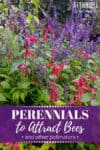
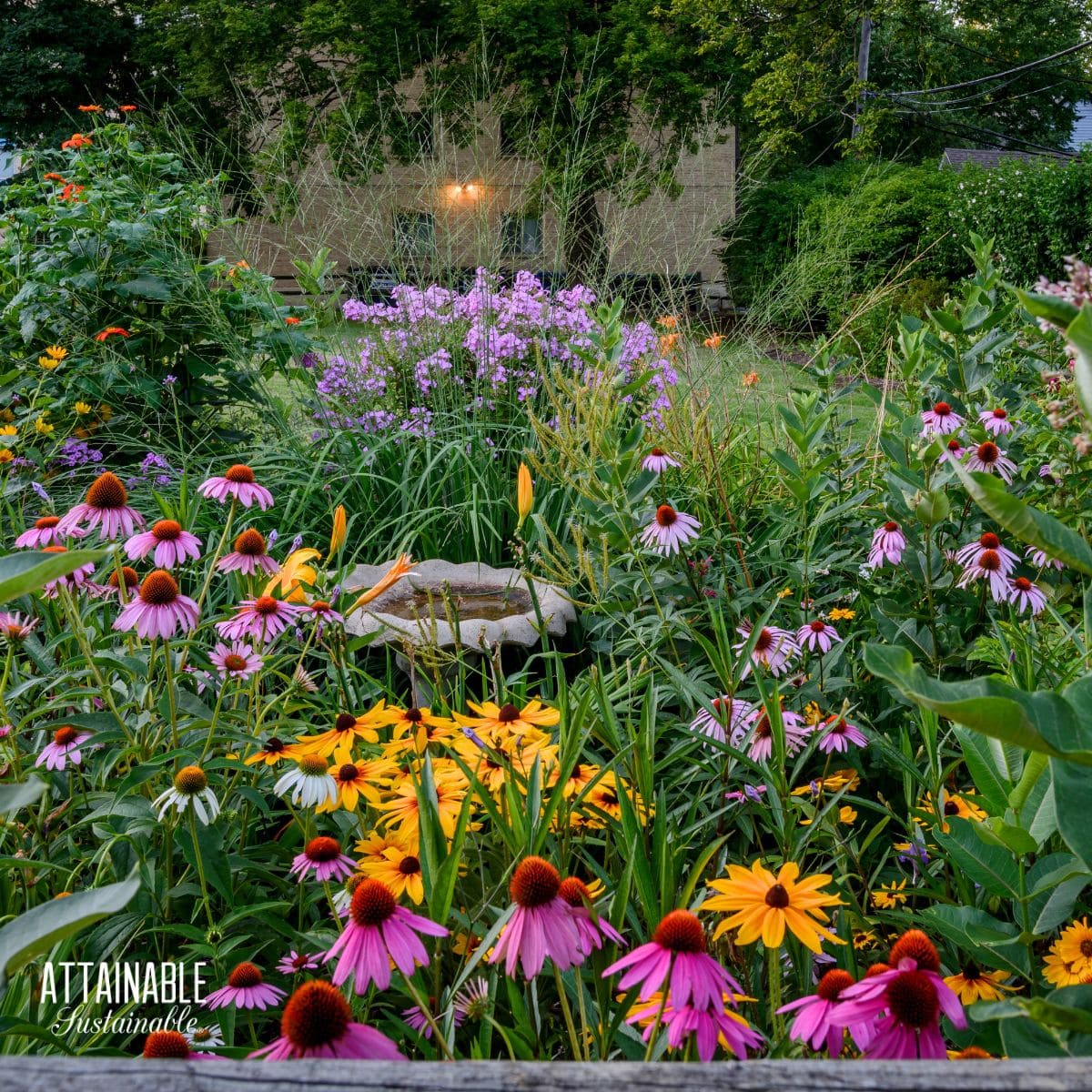
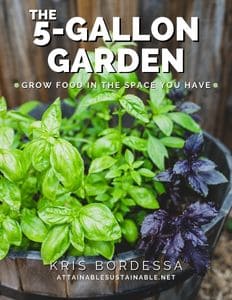
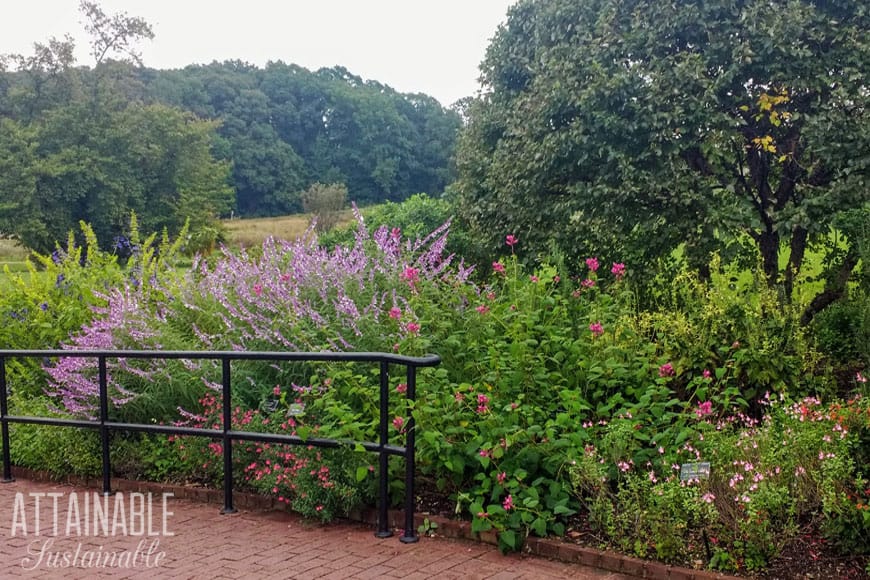

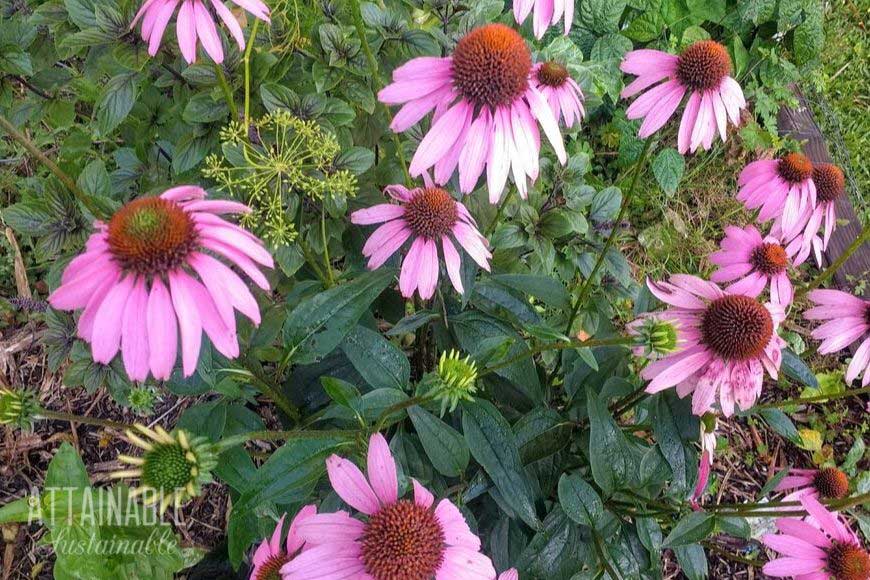
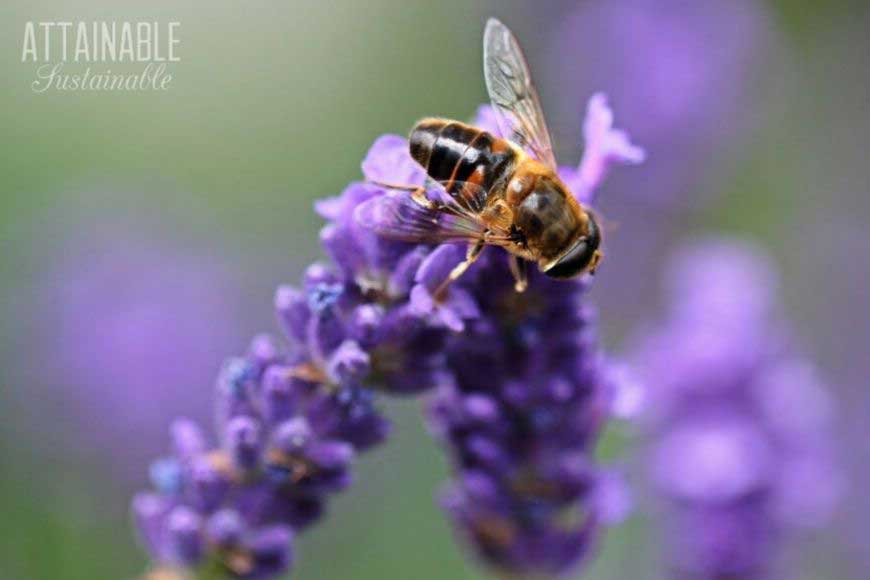
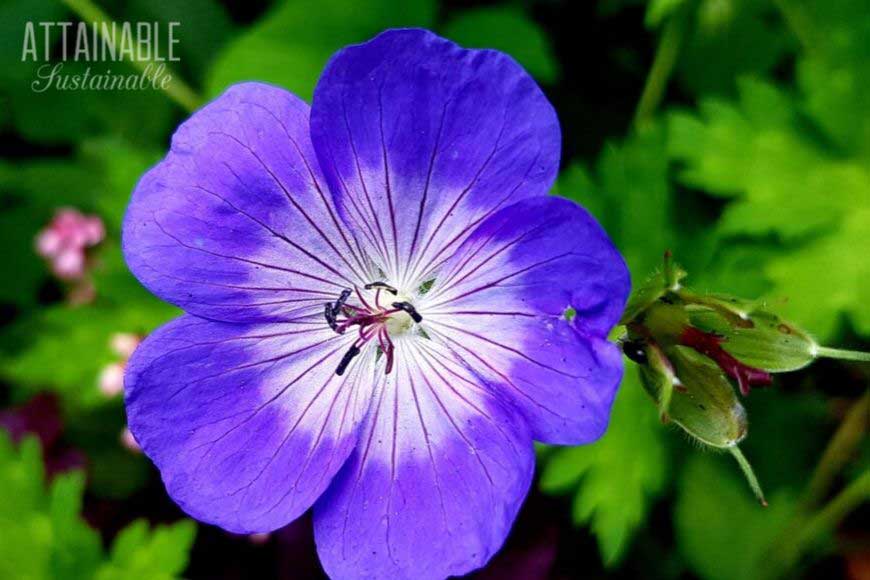
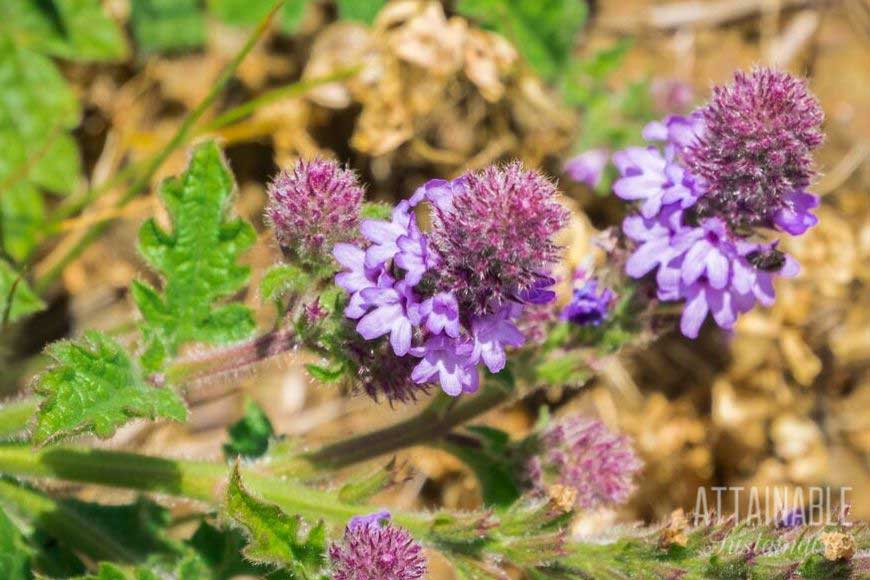
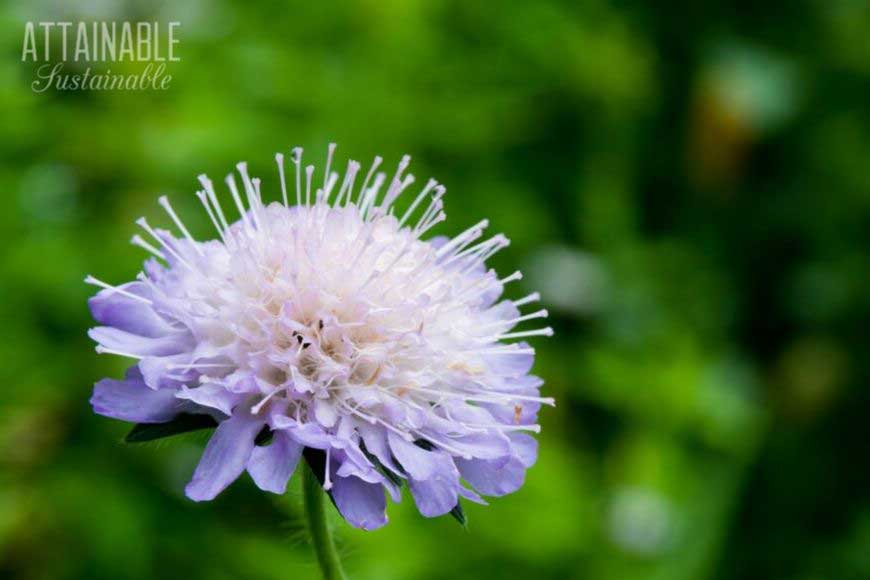
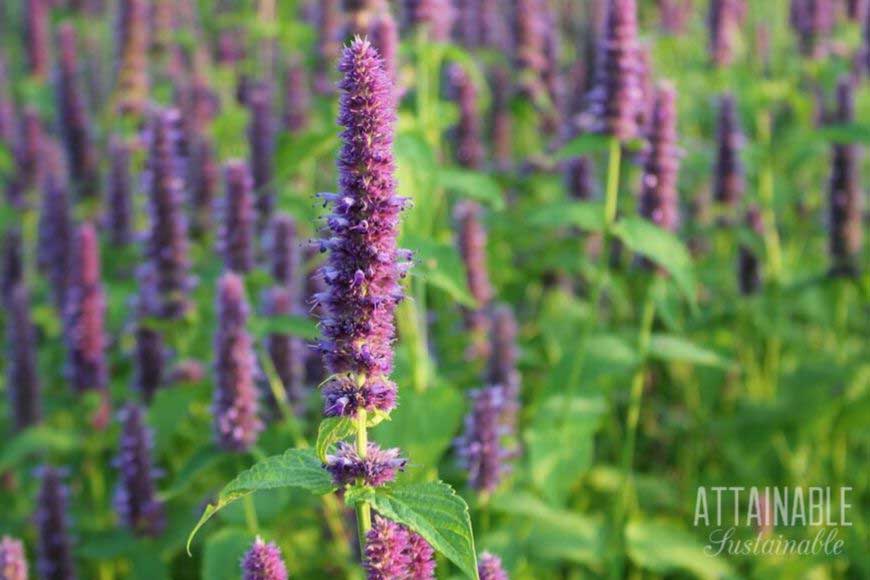
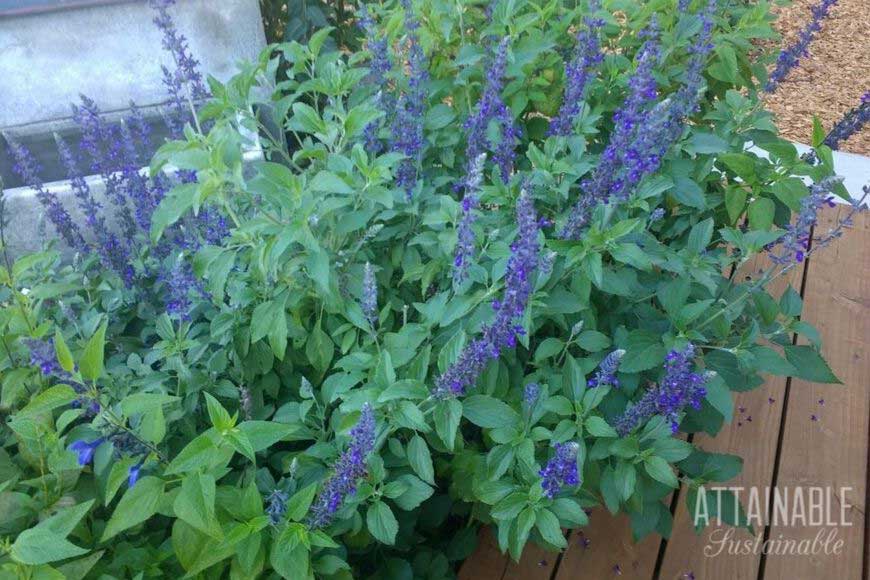
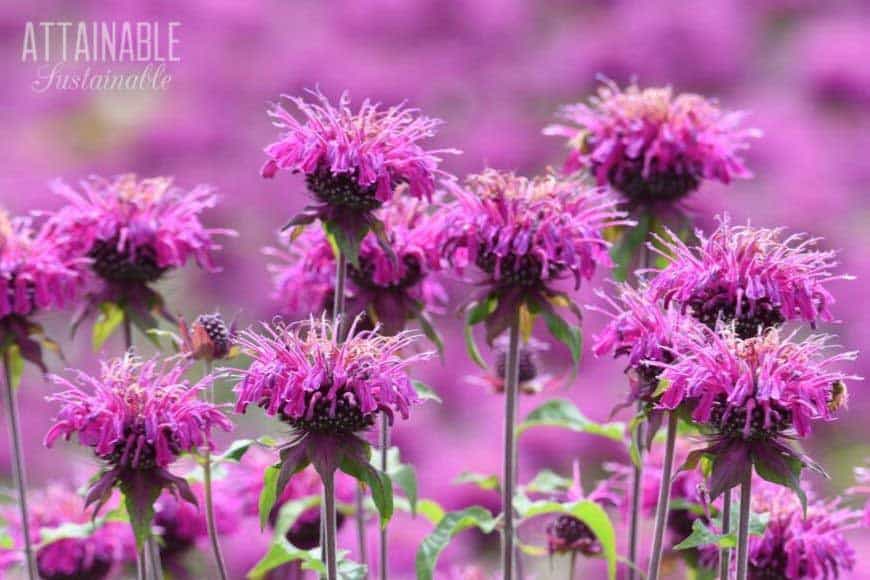

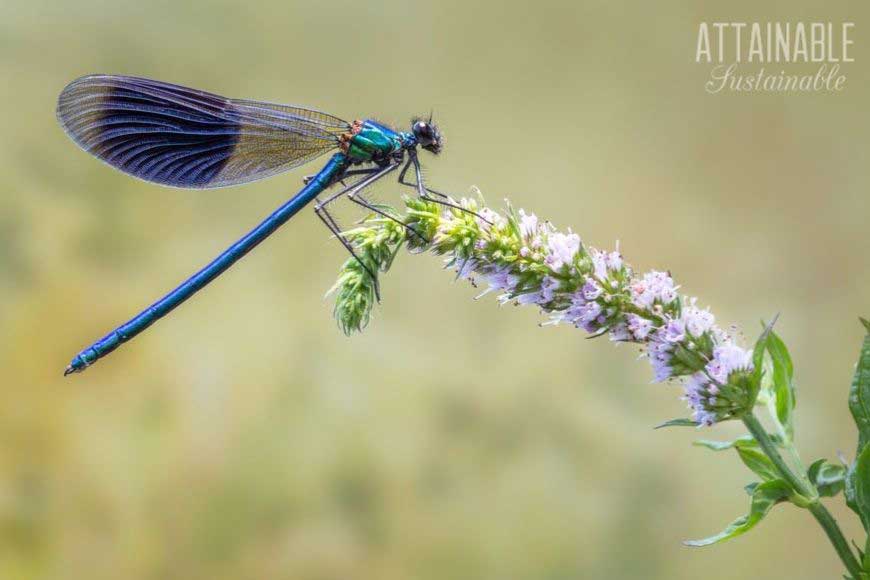
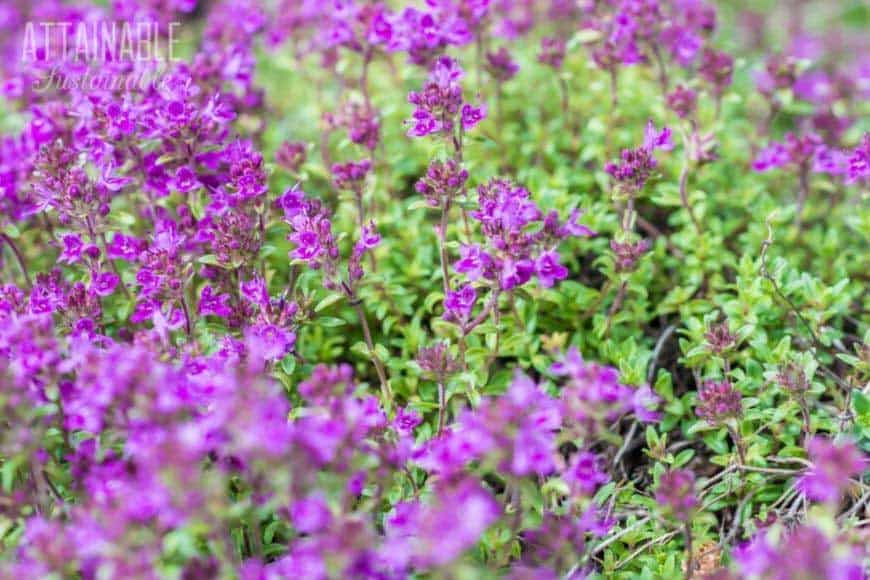
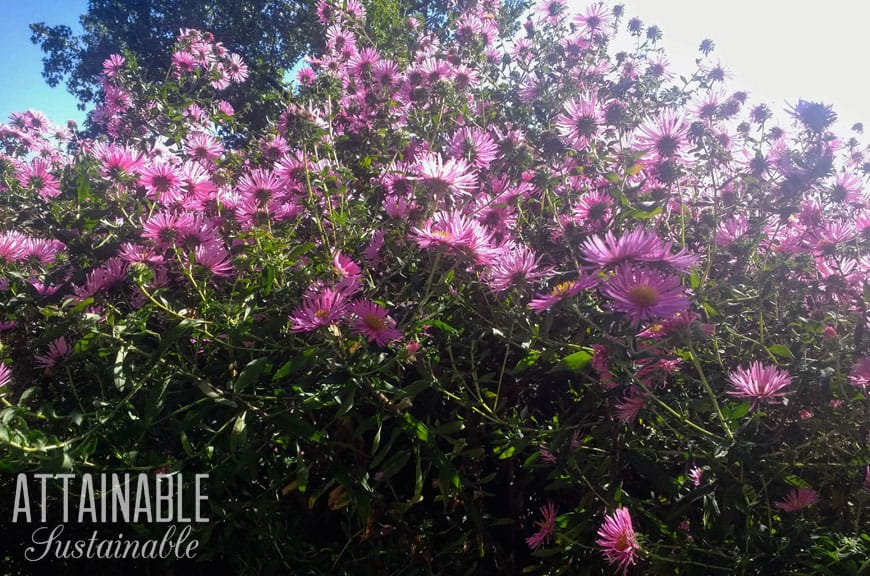
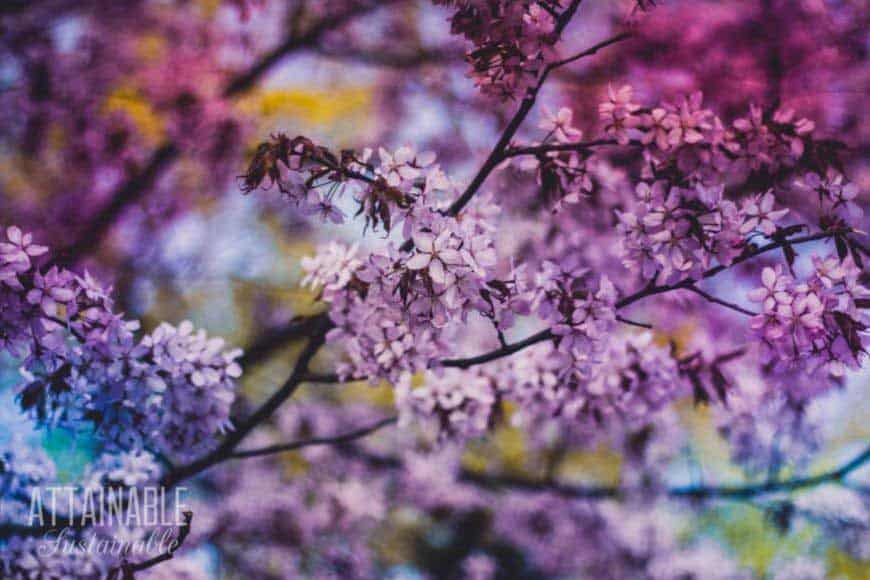
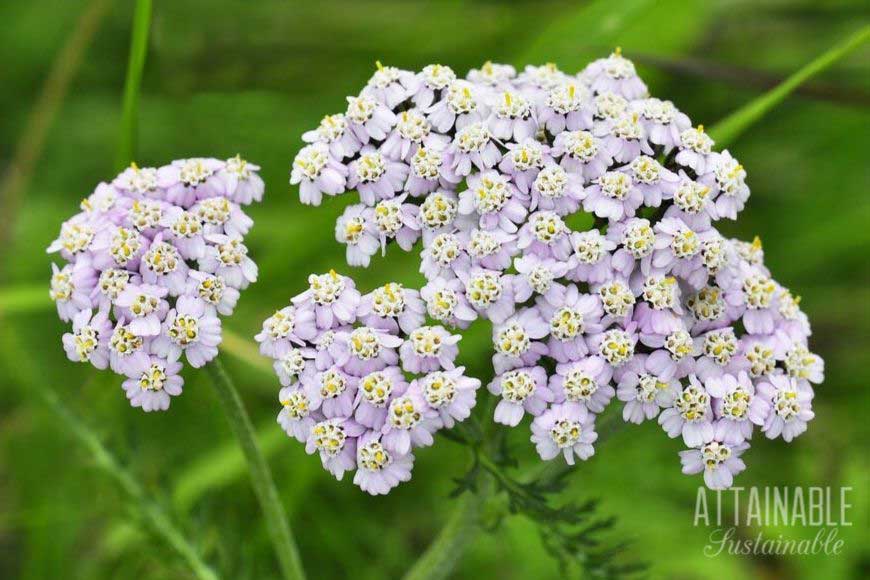
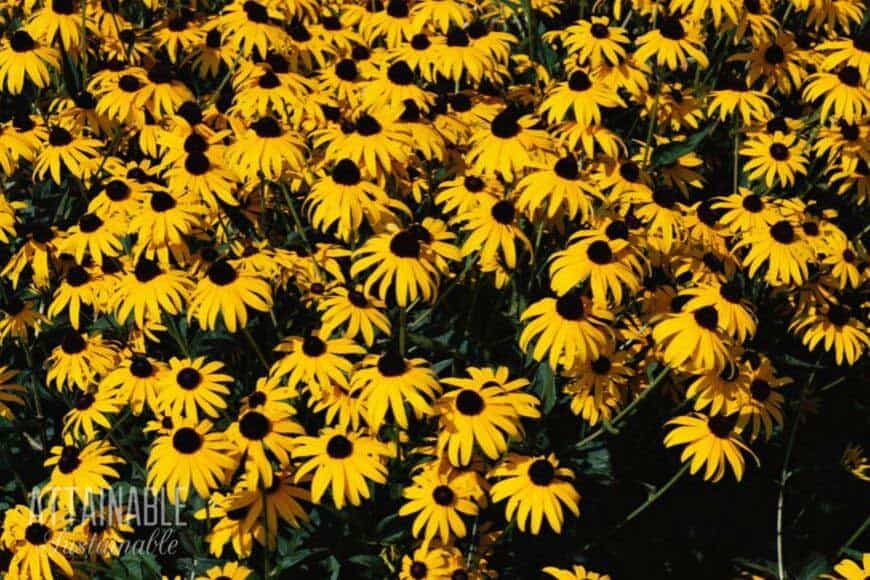
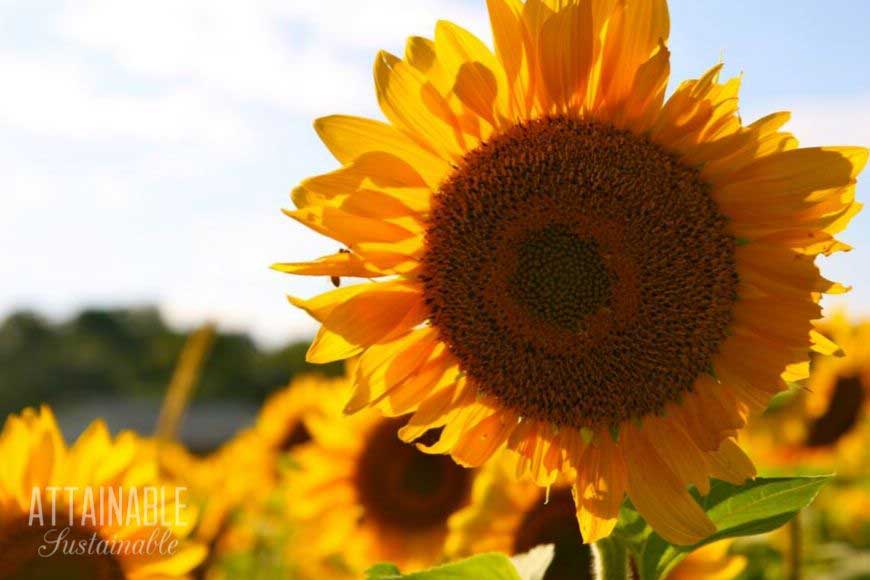

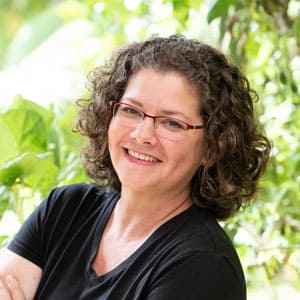
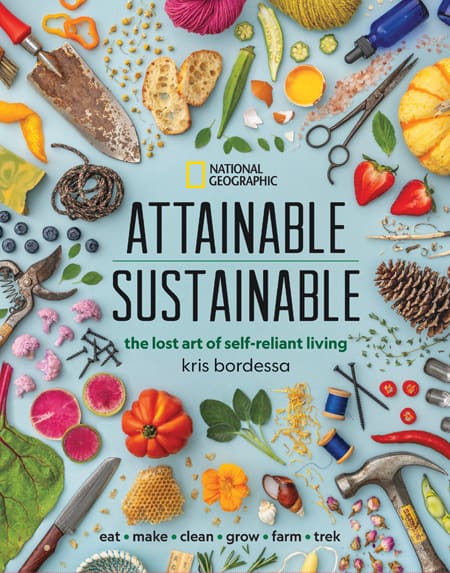
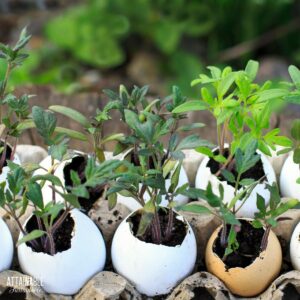
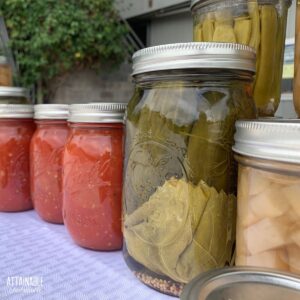
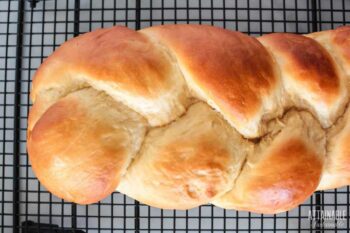
Siempre muy interesantes sus comentarios y consejos. Gracias
Michaelmas daises..I saved a clump that I found growing wild on a walk.
Planted in an old terracotta pot and within 18months had grown to a respectable plant. Now in a raised bed and the bees and other pollinators love them. It’s a joy to watch the insects manoeuvre around the blue/yellow heads. Be sure to plant them in the pot they grown in as they are voracious spreaders!
My butterfly bush was always filled with bees and butterflies. When I would deadhead it I was surrounded. It was amazing.
Thanks for the great Information
Who is the author of the book or magazine-Perennials to attract Bees and other Pollinators?
I don’t see a book by that name…
I like this article. I plan to have bees around, but want to have all of the flowers growing beforehand to ensure they have food before I get them. Just wondering: most of these have a dual purpose in that they are also medicinal or used for cooking. But a few I have never seen used for either. I really just want plants that can be used for medicinal qualities as well as for their help in aiding the bees survive. (OR that smell wonderful!)
Are: Cranesbill Geranium, Scabiosa, Salvia and Aster good for anything else?
Go ahead get your bees. You don’t have to wait….bees fly up to 2 miles to get their nectar. They’ll wait for you. 🙂
I agree! I love my bees! Going to your local bee club Meetings helps too.
Yes, but unfortunately, my neighbors (I live in a rural area, and have 5 acres) use roundup and other toxic “weed” killers. I want to be able to feed my bees so they WON’T go looking for food at my neighbors where the plants have been sprayed with toxic stuff.
A great evergreen article about flowers for bees. Sometimes people think they have to plant an entire field to make a difference but that is not true!
The bees and the butterflies love my marjoram. It is also very invasive but I leave some here and there as the bees love it. And I also leave my dandelion plants. They are one of the first food sources for the bees. While my neighbors are eradicating their dandelions with awful herbicides that are killing our bees, I leave my dandelions for the bees and also to eat. : )
Really enjoyed your site and found it very informative. Basically answered exactly what I wanted to know about crabapples. Thanks
OMG these photos look so so amazing! They are my favorite flowers, especially lavender! So into its color and it gives me good sleep!
What a great list! White clover is good too. In spring our backyard is covered in it and the bees love the white poofy flowers! I sometimes just sit outside on the ground and watch ’em go from one bloom to the next. Makes me sad when I have to mow, but I make sure to leave a few patches growing for them.
Wonderful PINTEREST….We are in the process of preparing resources for the honey bees we plan to obtain next spring (all bees for fall delivery have been sold). Love this pin for the flowers that attract the bees…… Thank you…… GO BEES!!!!!
I recently planted yarrow for the first time. I am in love. I read and saw first hand that it attracts lady bugs and their larvae. I planted it in an amended bed and that was a mistake. It’s huge and flopping over. Apparently I need to grow it in poorer soil. No worries still have plenty of virgin soil around. 😉
Bottle Brush. We have a HUGE bottle brush that is covered with bees and hummingbirds right now. You can hear the bush buzzing!
Mint is very much an “invasive” species!! I made the mistake of planting one tiny clump of it in a flower bed, and within a few years, it was everywhere, and it took me forever to get rid of it all! My suggestion is to plant herbs in pots, because (1) it makes them easily accessible and transportable, and (2) the invasive plants, such as mint, can’t get too unruly 🙂 Thank you for the list. I will most definitely be incorporating a good number of these into my next garden!
We have a Rosemary bush that grows like a weed that I have never seen fewer than three bees at! They are constantly at it filling up on pollen.
My biggest bee attractor this year BY FAR was my raspberry bushes. Covered in bees! A glorious thing.
Oh, yes! Blackberries, too.
Catmint is one of their favorites along with lavender.
That’s a great one, too.
Great idea. We gotta do all we can for those hard working bees:) I have enjoyed following your blog over the years and watching it bloom with success. Congrats, you are doing an excellent job.
Why, thank you. 😉